As some states begin the process of adopting the 2026 National Electrical Code®, other states, such as the City of Phoenix, the 5th largest city in the country, have an adoption date effective July 1, 2025, while others are preparing to adopt the 2023 edition in January 2026. The 2023 NEC® represents a significant advancement in modernizing electrical safety standards, incorporating emerging technologies, and addressing persistent safety gaps. This edition features hundreds of revisions and dozens of new or restructured articles, reflecting the evolution of the industry, field experiences, and emerging safety priorities. Let’s look back and review some of the major changes in the 2023 edition for jurisdictions and states about to power forward with this edition.
ENHANCED ELECTRICAL SAFETY STANDARDS
Expansion of GFCI Requirements Across Occupancies
The 2023 NEC continues the trend of expanding Ground-Fault Circuit Interrupter (GFCI) protection, aiming to reduce the risk of electrocution in increasingly diverse environments. As a reminder 90. 2(A) is about the practical safeguarding of persons and property from hazards arising from the use of electricity. The expansion of the GFCI requirements is about life safety and protecting each individual who may come into contact with receptacles within buildings and or outdoor locations.
- Dwelling Units [210.8(A)]: All readily accessible receptacles rated 125–250V in kitchens are now required to have GFCI protection, not just those serving countertops. New list item (7) expands this requirement to areas with sinks and permanent provisions for food preparation and cooking. Four new exceptions provide areas where GFCI protection is not required, such as those that are not readily accessible or ones supplying a permanently installed premises security system. As defined in the 2023 edition, readily accessible are those that are “Capable of being reached quickly for operation, renewal, or inspections without requiring those to whom ready access is requisite to take actions such as to use tools (other than keys), to climb over or under, to remove obstacles, or to resort to portable ladders, and so forth.”
- Other Than Dwellings [210.8(B)]: Damp and wet location protections are clarified and separated. Dedicated GFCI protection is now required for receptacles in aquariums, bait wells, and other open aquatic vessels or containers, as well as commercial kitchens, buffet service areas, and similar food prep spaces. Six new exceptions were also added regarding receptacles in this area.
- Appliance-Specific Protection [210.8(D) and 422.5]: Hardwired or cord-and-plug appliances rated 150 volts or less, such as automotive vacuum machines, wall-mounted ovens, dryers, microwaves, and ranges, must now be GFCI-protected, reflecting data on shock risks from leakage currents and water exposure.
- Outdoor Outlet [210.8(F)]: All outdoor outlets for dwelling units, other than those covered in 210.8(A), Exception No. 1, and supplied by single-phase branch circuits rated 150V or less to ground, 50A or less, must be GFCI protected, including those in: garages with floors at or below grade, accessory buildings, and boathouses.
NEW SURGE PROTECTION REQUIREMENTS [230.67]
The 2020 NEC first required surge protection at services for dwelling units. In 2023, this is expanded:
- 67(A) Surge-Protective Device: Surge-protective devices are now required for multifamily dwellings, dormitories, guest rooms/suites, and nursing homes.
- 67(B) Location: Applies to all services and replacements of service equipment.
- 67(E) Ratings: A minimum discharge current rating (In) of 10kA is required.
This acknowledges the vulnerability of modern electronics and critical loads, such as medical equipment and communication devices, to transient voltage surges.
AFCI PROTECTION IN NEW FACILITY TYPES [210.12(A) THROUGH (E)]
Arc-Fault Circuit Interrupter (AFCI) requirements are expanded to include sleeping quarters in fire stations, police stations, and nursing homes. This broadens the application of AFCIs beyond traditional residences and hospitality settings, reducing the risk of arc-initiated fires in 24/7 occupancy buildings. The 10-ampere branch circuit was added to the branch circuit sizes allowed for these locations. Subdivisions were also renamed.
- Subdivision (A), Means of Protection, now lists the protection methods available.
- Subdivision (B), Dwelling Units, is a new subdivision that contains a list format of the locations, such as kitchens and dining rooms, requiring the 120-volt, single-phase, 10, 15, and 20-ampere branch circuit outlets or devices to have AFCI protection.
- Subdivision (C), Dormitory Units, contains a list format of locations, such as bedrooms, living rooms, and closets, requiring the 120-volt, single-phase, 10, 15, and 20-ampere branch circuit outlets or devices to have AFCI protection.
- Subdivision (D), Other Occupancies, contains a list format of locations, such as guest rooms and guest suites or areas exclusively used as patient sleeping rooms, requiring the 120-volt, single-phase, 10, 15, and 20-ampere branch circuit outlets or devices to have AFCI protection.
- Subdivision (E) is entitled Branch Circuit Wiring Extensions, Modifications, or Replacements, ensures that even small updates to older wiring systems trigger modern AFCI protections—unless the work is minimal and doesn’t expand the circuit.
RESIDENTIAL DESIGN & LAYOUT CHANGES
KITCHEN ISLAND AND PENINSULA RECEPTACLES [210.52(C)]
The longstanding requirement to install at least one receptacle on kitchen islands and peninsulas has been removed and made optional.
- Why the change? Safety concerns about cords hanging off island counters, paired with challenges in island construction methods, prompted this revision.
- Installers are now required to provide a raceway, conduit, or cable system terminating in a covered box, enabling easy future retrofits while preserving current safety.
Receptacle Access and Location Restrictions
To enhance usability and eliminate hazardous or inconvenient placements:
- No receptacles may be installed below countertop surfaces (except dedicated USB devices). If a receptacle is desired, it must be located on or in the countertop or worksurface.
- This change avoids “hidden” receptacles behind drawer faces or in toe-kicks—areas often inaccessible or prone to misuse.
Introduction of 10-Amp Branch Circuits [210.18]
For the first time, the NEC introduces a new 10-ampere branch circuit, primarily intended for:
- Fixed lighting
- Dwelling exhaust fans
- Gas fireplaces
This reflects energy efficiency improvements in modern lighting and appliance design. However, such circuits must not supply general-use receptacles, and conductor ampacity, overcurrent protection, and load calculation must all be carefully coordinated.
COMMERCIAL & INDUSTRIAL CODE REVISIONS
RECONDITIONED EQUIPMENT RESTRICTIONS [110.20)]
The 2023 NEC continues its cautious approach to reconditioned equipment with new Section 110.20:
- Prohibited: GFCIs, AFCIs, SPDs, luminaires in hazardous locations, and certain other devices may not be reconditioned.
- Permitted: Circuit breakers and switchgear may be reconditioned but must be marked as such and traceable to a recognized refurbishing standard.
There are two first-level subdivisions (A) and (B)] dealing with equipment that is required to be listed or equipment not required to be listed.
- 20(A) Equipment Required to Be Listed: When equipment is to be listed, reconditioned equipment must be listed, or a field label applied stating it has been reconditioned using information from the OEM.
- 20(B) Equipment Not Required to Be Listed: When equipment is not required to be listed, two options exist. The first states that the equipment can be listed or field labeled as reconditioned. The second states that the equipment can be reconditioned per the instructions provided by the OEM.
- 20(C) Approved Equipment: A third option (C) is permitted when either option (A) or (B) will not work. The authority having jurisdiction (AHJ) is permitted to approve reconditioned equipment when listing, field labeling, and OEM guidance are unavailable.
This enhances supply chain accountability and safety in a growing market for remanufactured equipment.
SELECTIVE COORDINATION THRESHOLD REVISED [700.32 AND 701.32]
The threshold for selective coordination has been clarified and reaffirmed:
- Emergency and legally required standby systems must be selectively coordinated for all overcurrent devices where failure would impact emergency operation.
- Replacements. When emergency system OCPDs are replaced, a reevaluation is necessary to confirm that selective coordination remains intact with all supply-side and load-side OCPDs.
- This coordination must be ensured for the full range of overcurrents (not just short-circuit).
- Applies to healthcare facilities, mission-critical systems, and other installations with life-safety or business continuity risks.
Designers must use time-current coordination studies and often rely on manufacturer-specific coordination tables to comply, especially in complex commercial power distribution systems.
WORKING SPACE AROUND EQUIPMENT [110.26]
Clarified language now mandates that:
- Working space must be unobstructed vertically from the floor to a height of 6.5 ft or the top of the equipment, whichever is greater.
- Open doors on electrical equipment cannot reduce the egress path width to less than 24 inches.
This revision strikes a balance between operational access and emergency egress in tight utility rooms and industrial installations.
RELOCATION AND CLARIFICATION OF EGRESS PATH RULE [110.26]
A subtle but significant relocation and revision occurred in this cycle: the requirement from Section 110.26(C)(2) regarding open equipment doors impeding access and egress was moved to 110.26. This revision strikes a balance between operational access and emergency egress in tight utility rooms and industrial installations.
- The revised language specifies that if open doors result in an egress path less than 24 inches wide or less than 6 1/2 ft high, the installation must be revised to ensure a safe exit path.
- This includes modifications such as door repositioning or layout changes to avoid blocking the way.
- Additionally, the updated section clarifies that the working space in front of electrical equipment must be unobstructed by fixed elements such as cabinetry, walls, or partitions.
This change enhances both the enforceability and clarity of the egress path requirement, addressing a common hazard in tight electrical closets and equipment rooms where open doors can block quick exit during emergencies. This revision of the additional 24″ of egress path with the open doors locked in place within the limited space electrical rooms now helps to ensure the safety of the qualified electrical person with a means of egress to the exit passageway from the electrical distribution room. The idea is when they are working on the equipment, they are not blocked in by the doors that create a barrier. The additional 24″ helps provide an escape path to the room exit.
ORGANIZATIONAL RESTRUCTURING & NEW ARTICLES
CENTRALIZATION OF ALL DEFINITIONS TO ARTICLE 100
All definitions—previously scattered across individual articles—are now consolidated in Article 100. This offers:
- Improved code navigation
- Greater consistency across interpretations
- Easier updates and references for educators and professionals
MAJOR EXPANSION OF MEDIUM VOLTAGE ARTICLES
A cluster of new articles reorganizes how medium-voltage systems (over 1,000V AC / 1,500V DC) are addressed:
| New Article | Title |
| 235 | Branch Circuits, Feeders, and Services Over 1000 Volts AC, 1500 Volts DC, Nominal. |
| 245 | Overcurrent Protection for Systems Rated Over 1000 Volts ac, 1500 Volts dc |
| 305 | General Requirements for Wiring Methods and Materials for Systems Rated Over 1000 Volts AC, 1500 Volts DC, Nominal. |
| 315 | Medium Voltage Conductors, Cable, Cable Joints, and Cable Terminations. This article replaces Article 311 and includes requirements for conductors, cables, joints, and terminations. |
| 395 | Outdoor Overhead Conductors Over 1000 Volts. This article, previously Article 399, now covers outdoor overhead conductors in the medium voltage range. |
| 495 | Equipment Over 1000 Volts AC, 1500 Volts DC, Nominal. This article replaces Article 490 and covers equipment specific provisions, including switchgear and control assemblies. |
This allows for scalable high-voltage design standards as infrastructure like microgrids, renewable energy farms, and electric utility upgrades become more common.
TECHNOLOGY & EMERGING SYSTEMS
WIRELESS POWER TRANSFER EQUIPMENT [625.41]
A new emphasis on Wireless Power Transfer Equipment (WPTE) supports:
- Wireless EV charging pads
- Dynamic vehicle charging (while driving)
These systems are now considered continuous loads and must be calculated accordingly. This ensures equipment, service, and feeder sizing accounts for constant demand.
PV, ESS, AND MICROGRID CLARITY
Several changes clarify requirements in:
- Article 705 (Interconnected Power Production Sources)
- Article 706 (Energy Storage Systems)
- Article 710 (Stand-Alone Systems)
Key themes include:
- Updated terms like “power production sources” instead of “equipment”
- Recognition of hybrid and grid-forming inverters
- Enhanced placarding and disconnecting means requirements
NEW TRANSFORMER REQUIREMENTS IN POWER PRODUCTION SYSTEMS [705.30(F)]
A significant addition to Section 705.30(F) introduces specific requirements for transformers used in interconnected power production systems (such as those connecting PV, wind, energy storage, or other distributed energy resources [DER]).
- Where transformers are installed in interactive systems, they must now be evaluated as part of the system disconnect and overcurrent protection scheme.
- The disconnecting means and overcurrent protection for these transformers must be clearly identified and located in accordance with Article 450. It must consider both source-side and load-side contributions to fault current.
- This is especially important in systems where transformers are installed between the power production equipment and service equipment, creating bidirectional power flow scenarios.
With the increasing complexity of distributed systems, particularly those utilizing step-up or isolation transformers to integrate renewables or energy storage, proper transformer protection is crucial for ensuring safety and grid stability. This new requirement:
- Prevents uncoordinated protection between the utility, transformer, and DER.
- Addresses overloading and fault contributions from both utility and DER sources.
- Ensures labeling and disconnects are accessible to inspectors and responders.
Example Application: A commercial building with a rooftop PV array uses a 3-phase isolation transformer to step up the inverter voltage for interconnection at the service entrance. Under 705.30(F), the disconnect for that transformer must be marked, protected, and coordinated per Article 450 and 240.21(C).
AQUATIC ENVIRONMENTS AND PUBLIC SAFETY
Overhead Conductor Clearances Clarified [680.9(A)]
Section 680.9(A) was revised in the 2023 NEC to improve clarity regarding overhead power conductor clearances above pools, spas, and similar bodies of water.
- Overhead conductors not in a raceway must comply with Table 680.9(A), which specifies minimum vertical clearances based on voltage and span characteristics.
- Measurement must be taken from the maximum water level, not the deck or rim, which is explicitly stated to avoid confusion.
Inspectors and installers must verify these clearances before service drops or utility line installation over pools or splash pads. It also affects the layout of overhead lighting or festoon systems in aquatic parks.
ELECTRIC POOL WATER HEATERS AND HEAT PUMPS [680.10]
Section 680.10 now governs the installation and overcurrent protection of electric pool heating equipment, specifically:
(A) Electric Pool Water Heaters
- Heating elements in electric pool water heaters must be subdivided into loads not exceeding 48 amperes.
- These must be protected by overcurrent devices rated at 60 amperes or less.
- The ampacity of branch-circuit conductors and the overcurrent protection device (OCPD) must be at least 125% of the total nameplate-rated load.
(B) Electrically Powered Heat Pumps and Chillers
- These units must be listed and rated for their intended pool use.
- Conductor ampacity and overcurrent protection must be sized according to the nameplate ratings (not the 125% rule used for resistive heaters).
Key Distinction:
- Resistive heating elements (like traditional electric resistance pool heaters) must follow the 125% sizing rule and have limited subdivision per element.
- Heat pumps and chillers (which include compressors and control circuitry) must comply with the manufacturer’s nameplate data, which already includes internal protections and operating conditions.
EQUIPMENT ROOMS, VAULTS, AND PITS (680.12)
Section 680.12 no longer addresses emergency shutoff devices. Instead, in the it introduces requirements for electrical safety in equipment spaces where pool-related gear is housed:
(A) Drainage
- Electrical equipment must not be installed in vaults, pits, or rooms without proper drainage to prevent water accumulation, unless the equipment is specifically rated for submersion.
- An informational note warns about the corrosive effects of storing chlorine or similar chemicals in these rooms, and it references ANSI/APSP-11 for ventilation guidance.
(B) Receptacles
A minimum of one 125V, 15- or 20-amp GFCI-protected receptacle must be installed in any pool equipment room.
All other receptacles (including those in vaults or pits) must also be GFCI protected if rated 150V or less to ground.[i]
Field Implication: Designers and inspectors must:
- Verify the presence of proper floor drains or sump systems.
- Check for GFCI compliance on all outlets in damp, enclosed mechanical spaces.
- Ensure that pool chemicals are not stored near electrical panels or control systems without adequate ventilation.
A FEW SOLAR PHOTOVOLTAIC (PV) SYSTEM UPDATES
The 2023 NEC continues to adapt Article 690 to meet the evolving complexity and diversity of PV systems, particularly as installations scale in size and interface more frequently with energy storage, microgrids, and interactive power systems.
Revised Scope of Article 690 [690.1]
The 2023 NEC refines the scope of Article 690 to more clearly define its jurisdiction over solar PV systems, including both stand-alone and utility-interactive systems, regardless of output type. The revised scope makes it clear that Article 690 applies to all conventional PV systems, including:
- Off-grid (stand-alone) PV arrays
- Hybrid systems (PV + storage + genset)
- Grid-tied PV systems
Article 691 is reserved only for utility-scale PV power stations, typically with outputs in the multi-megawatt range.
The reference to ac or dc output supports the growing trend of ac-coupled solar + storage systems and modular inverter architectures.
Installers and plan reviewers must ensure small and medium-scale PV installations (residential, commercial rooftop, off-grid cabins, etc.) are always governed by Article 690—even if the system isn’t connected to the grid.
Floating PV Equipment Requirements [690.4(G)]
The 2023 NEC introduces a new provision in Section 690.4(G) to address the unique installation needs of floating PV systems — an increasingly common practice used to conserve land space and reduce water evaporation in utility and industrial-scale settings.
This requirement applies to PV systems installed on floating docks or barges, reservoir rafts or retention ponds, and hybrid hydro-PV systems. The PV modules, racking, conduit, and all wiring must be listed or identified for floating or water-adjacent use. They must also include flexible or floating-rated wiring systems that accommodate wave action, seasonal water level changes, or shifting anchorage. Standard rigid conduits or fixed cable runs may not be suitable unless engineered with flexible connections or strain reliefs.
These systems face risks that rooftop and ground-mounted PV arrays do not, including:
- Cable fatigue from movement
- Moisture intrusion at connectors
- Shifting mechanical loads on junction boxes or combiner panels
Field Relevance: Installers, engineers, and AHJs (Authorities Having Jurisdiction) must now look for:
- Product listings or documentation showing environmental suitability
- Strain-relief or cable-tracking methods in design plans
- Proper conductor types, such as wet-rated PV wire or flexible tray cable
TRANSFORMER OVERCURRENT PROTECTION IN PV SYSTEMS [690.9(D)]
The 2023 NEC adds Section 690.9(D) to ensure that power transformers used in photovoltaic systems are properly protected against overcurrents, especially where inverters are connected through step-up or isolation transformers.
This section references Section 705.30(F), which governs transformer protection in interactive power production systems. It ensures that transformers used between a PV inverter and a service entrance or distribution system are properly protected against short circuits and overloads and not installed with unprotected windings unless an exception is met.
The exception has not been updated and states that if the transformer’s current rating (on the inverter side) is equal to or greater than the inverter’s rated output, no overcurrent protection is required on that side. This acknowledges that the inverter itself acts as a controlled source and may not necessitate redundant protection under specific sizing conditions.
REFINED RAPID SHUTDOWN REQUIREMENTS [690.12 EXCEPTION NO. 2 AND INFORMATIONAL NOTE]
The 2023 NEC revises Section 690.12 to clarify when Rapid Shutdown (RSD) is required and when specific exceptions apply, particularly for PV systems installed on non-enclosed, detached structures like carports and canopies.
New Exception No. 2 excludes PV systems installed on non-enclosed, detached structures (such as carports, parking canopies, or solar trellises) from the rapid shutdown requirement.
The new informational note clarifies that RSD requirements align with firefighter rooftop operations and are generally not applied to open-air or low-risk structures.
The rapid shutdown requirements were established to enhance safety during rooftop firefighting operations. The previous wording included a limited exception for buildings linked to ground-mounted arrays but did not consider other types of structures. The new Exception 2 broadens this exception to encompass carports and other non-enclosed detached structures where firefighting operations do not necessitate roof access.
FIELD IMPACT & IMPLEMENTATION
These changes are not merely academic; they impact field installations and enforcement daily:
- Plan Reviewers must account for expanded GFCI, SPD, and AFCI requirements and verify documentation of medium-voltage installations.
- Installers need to adapt to new kitchen wiring layouts and clearly understand the receptacle limitations.
- Inspectors must check for correct labeling of reconditioned equipment and code-compliant working clearances.
- Design Engineers must consider continuous load calculations for EV infrastructure and plan 10A circuits where applicable.
CONCLUSION
The 2023 NEC represents an evolution in safety, efficiency, and adaptability. With a focus on aligning with new technologies, protecting vulnerable building occupants, and clarifying code usability, this edition continues the NEC’s legacy as the foundation of safe electrical design.
As adoption progresses, training, documentation, and inspection protocols must evolve in tandem. From redefined receptacle rules to reimagined medium voltage frameworks, the 2023 NEC challenges us to build smarter, safer, and more resilient electrical systems.
ANALYSIS OF THE 2023 NEC®
Want even more code changes? Purchase our Analysis of Changes, NEC-2023, today to receive a comprehensive listing of code changes written by NFPA code-panel members.


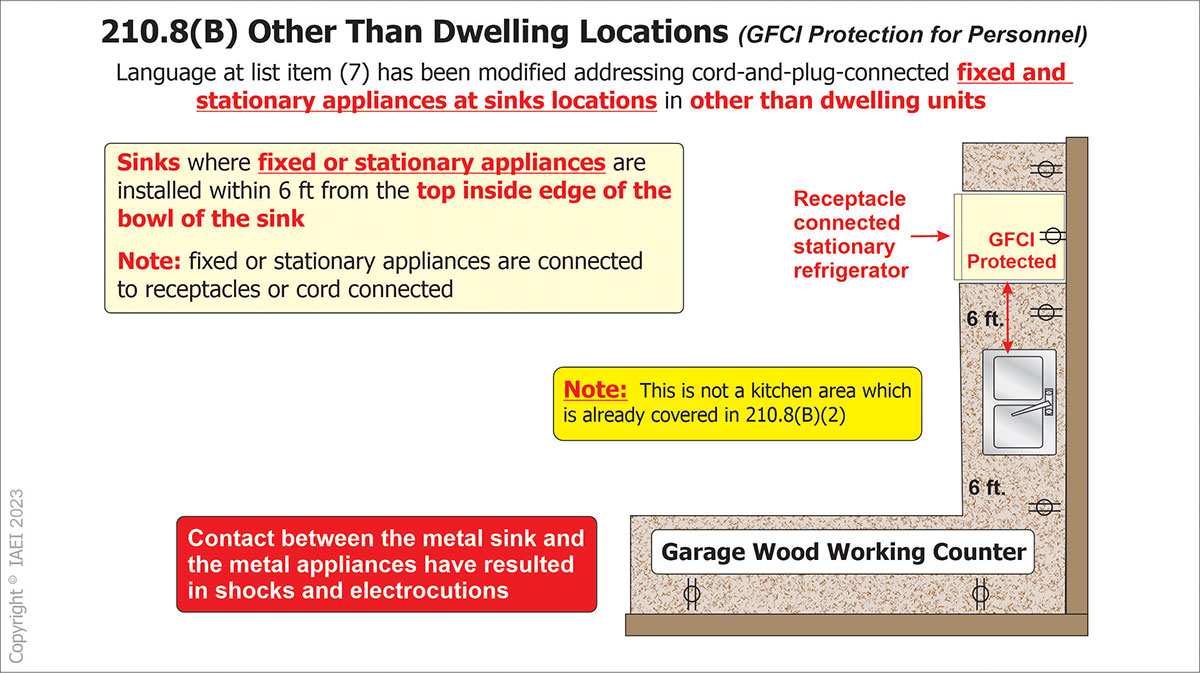
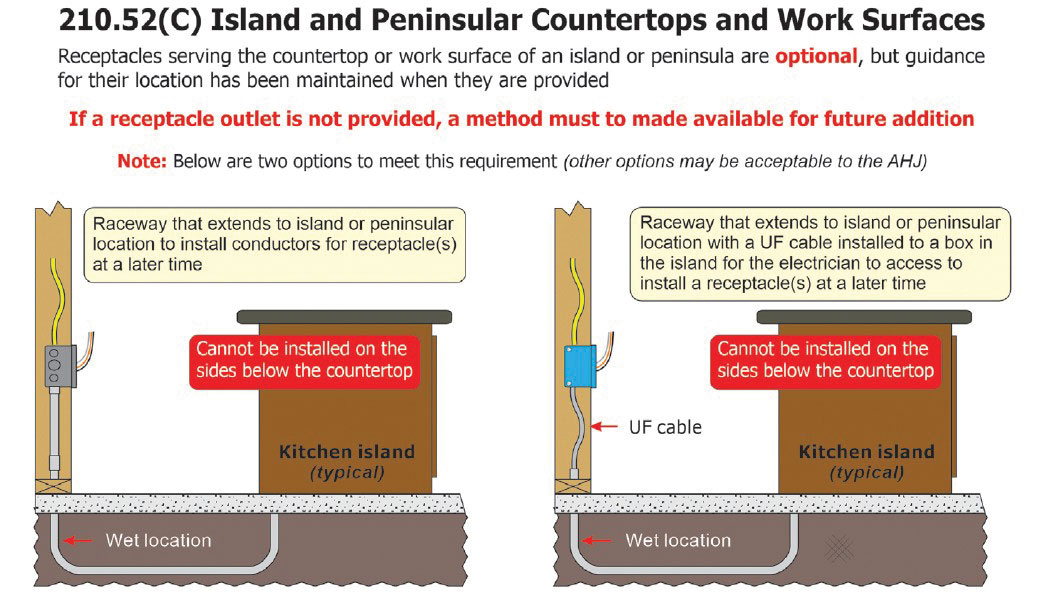
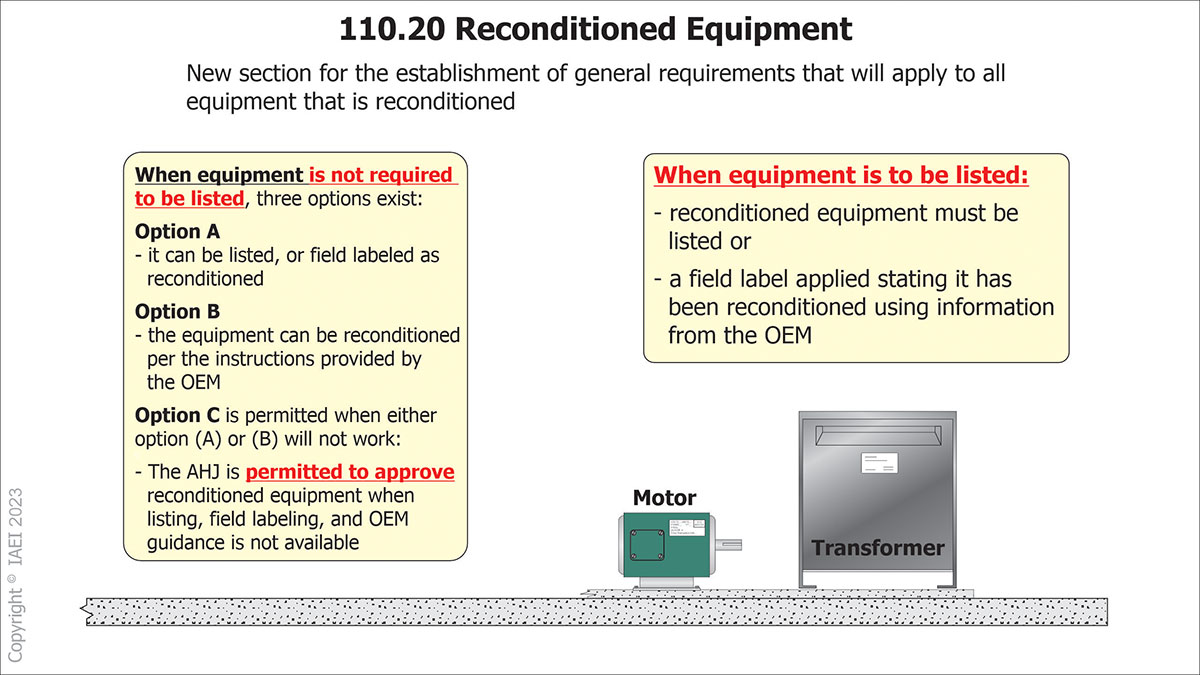
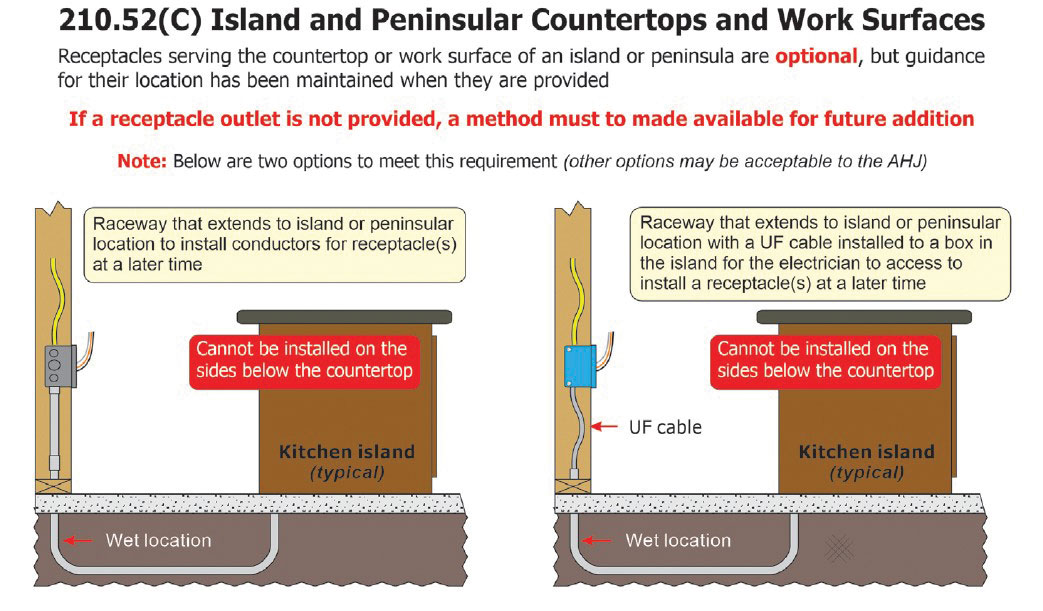
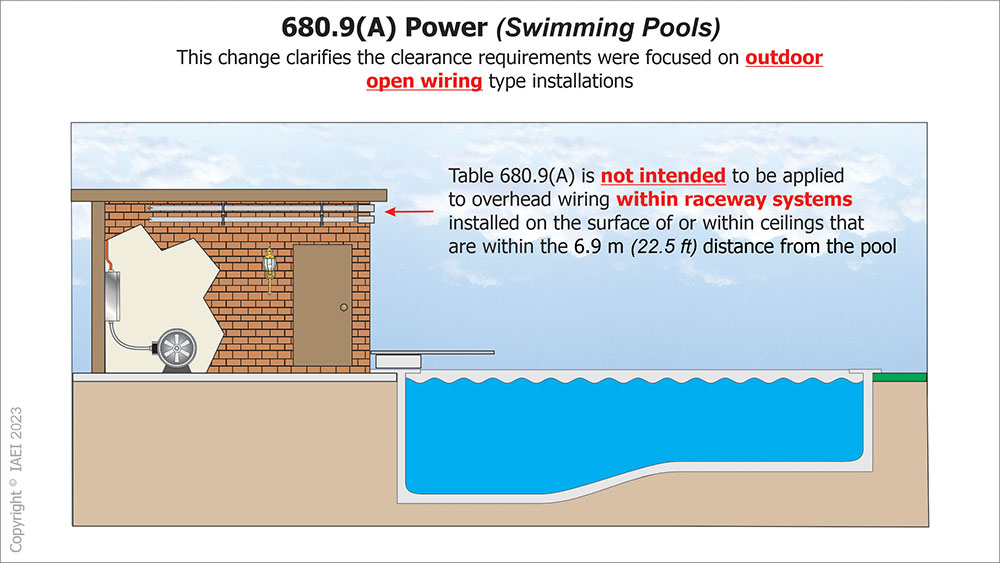
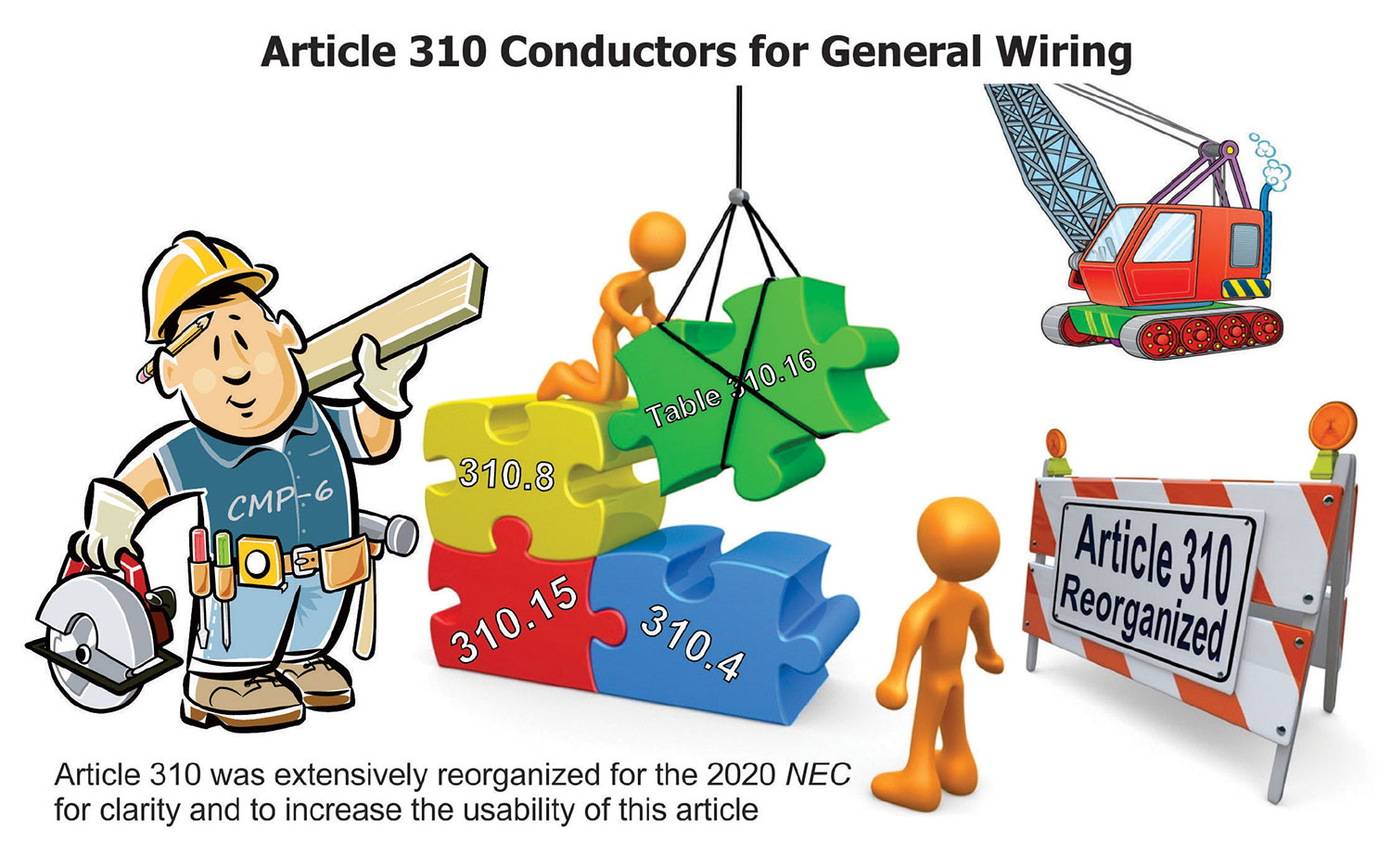
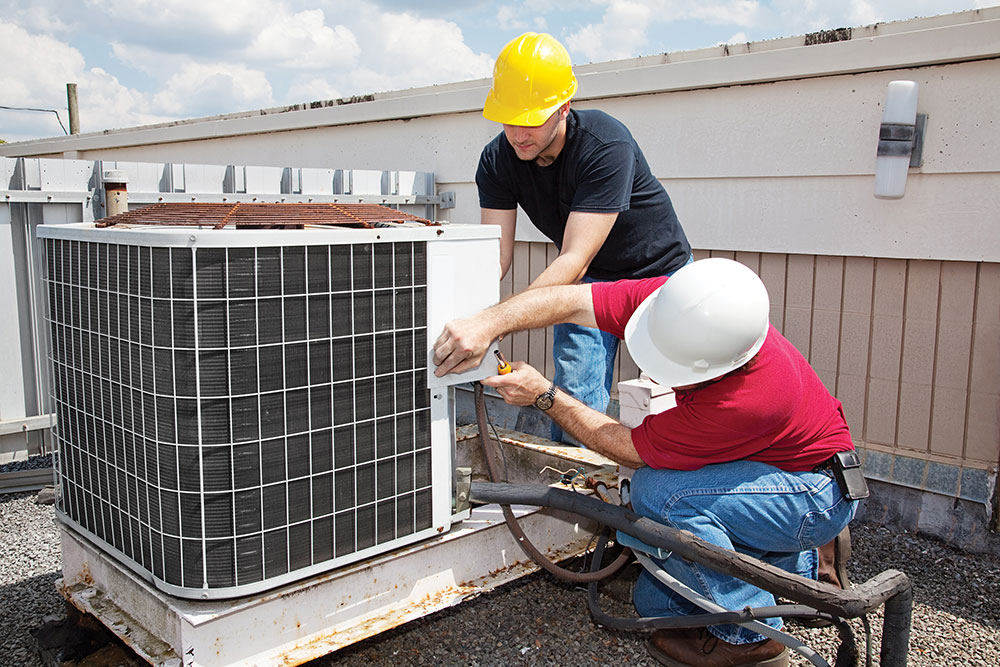

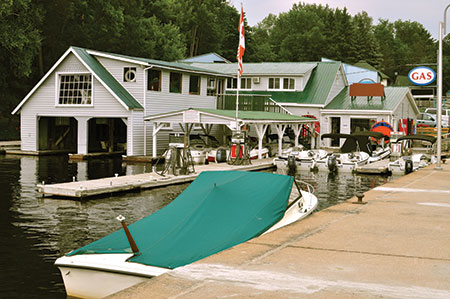



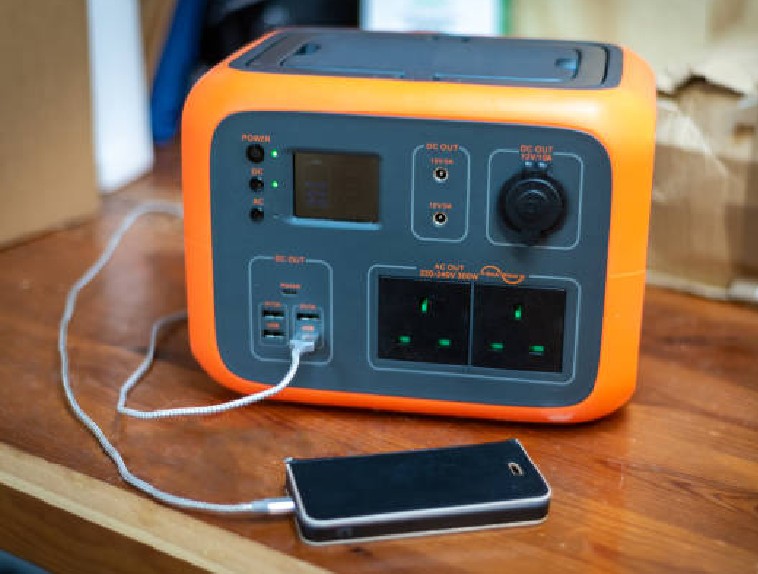
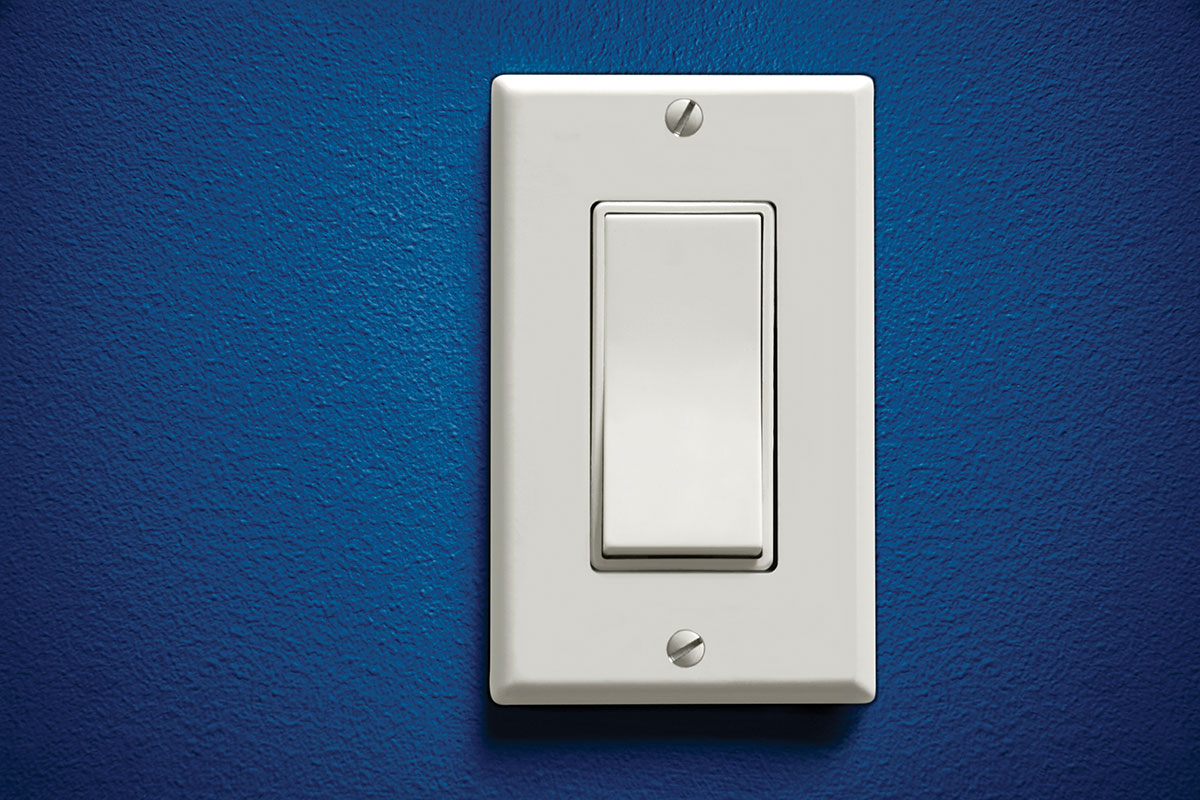
Find Us on Socials